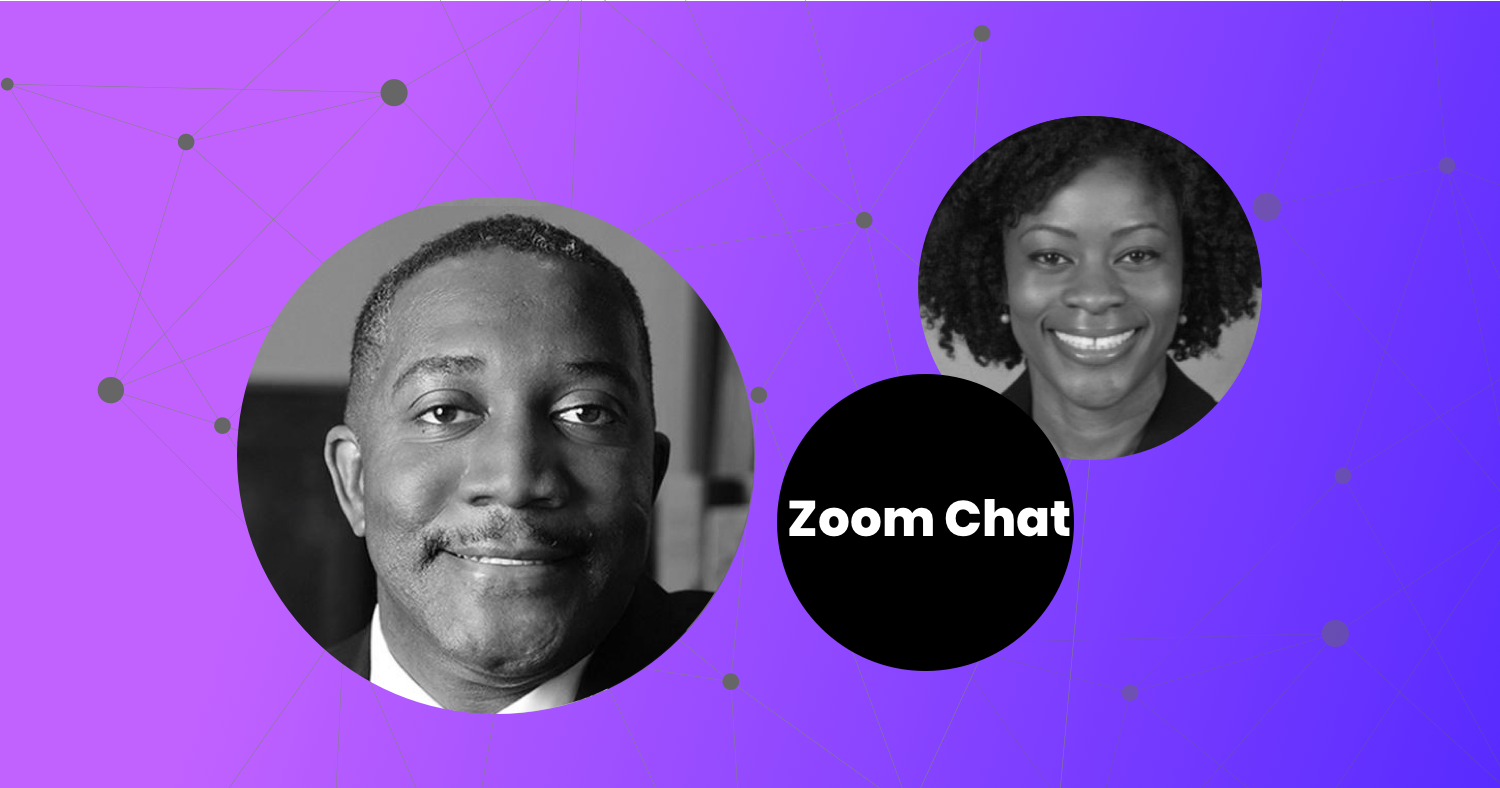As high-quality instructional materials (HQIM) become increasingly prevalent in K-12 classrooms, the instructional landscape is undergoing significant change. We need teacher preparation programs to keep pace with this evolution.
Historically, teacher preparation programs have treated individual lesson plan creation as THE essential teaching skill. Teacher candidates are graded on their ability to create a lesson from scratch, with professors looking for criteria such as learning objectives, cognitively demanding questions, and opportunities for students to demonstrate mastery as measures of successful planning. The focus is almost entirely at the individual lesson level; rarely is a teacher candidate challenged to sequence lessons into coherent units of study.
While teacher preparation programs certainly shouldn’t be in the business of training teacher candidates in how to write entire curricula, are tomorrow’s teachers being prepared for the curriculum reality they will encounter in the classroom today?
In addition to learning to write lesson plans, what constitutes much of teacher preparation is introduction to a rapid succession of topics like effective pedagogy, meeting individual student needs, and assessment. After such a course of study, newly-minted teachers head off to their classrooms and begin teaching their hearts out, satisfied to stay a lesson or two ahead of their students. Teachers burn midnight oil by the barrel, but particularly in their first few years. With little training in the actual demands of writing aligned curricula, teachers without an adopted curriculum have struggled.
But now, as districts move away from asking teachers to create lessons and design curriculum, and they have increasingly high-quality options to tap into, everyone’s focus should shift from lesson creation to effective implementation. That goes for teacher preparation, too.
Districts bear the main responsibility of training teachers to use their adopted curriculum effectively. But, unfortunately, though models of effective implementation exist, not all teachers receive the professional learning necessary to utilize them. A recent study found that teachers implementing HQIM are only receiving an average of 1.6 days of professional learning as they begin to use the new materials that will be the primary basis for teaching and learning in their classrooms (Kane, 2019). The reality is, teachers receive more professional learning in a week while in their teacher education program than they will in a year after they’ve been hired by a district.
Herein lies the big opportunity for teacher preparation programs.
Rather than placing such significant emphasis on training teacher candidates to create lesson plans (as preparation for life as a content-creating teacher), time with future teachers can be leveraged to lay a firm foundation for the selection and effective implementation of high-quality instructional materials. How much better, for example, would our candidates be if their preparation included deep dives into the following topics:
- What are high-quality instructional materials?
- What is the research underpinning these materials?
- How can you distinguish high-quality instructional materials from lesser quality resources?
- What are examples of high-quality instructional materials in math and reading?
- How do you access, plan, and assess with high-quality instructional materials?
- What do you do if your school or district isn’t implementing high-quality instructional materials?
Evidence suggests that teachers who work closely with HQIM as part of their student teaching work hit the ground running in year one. Given this is the case, in regions where districts are using specific HQIM, teacher prep could even consider taking things a step farther and offering training on the specific programs being implemented. Where districts aren’t using HQIM, a cohort of new teachers who can advocate for use of stronger instructional materials could spur transformative change in school communities.
Teacher preparation programs have a lot of standards and regulations thrown at them, from accreditation processes to state policies. But they can do a real service to the field if they proactively respond to their ultimate clients, the districts that hire their teachers. Partnering to train new teachers on HQIM would have a dramatic impact on “Day 1” readiness, and could significantly improve teacher retention and student achievement.
In Jackson, TN, where I was Chief Academic Officer, I saw firsthand that higher education leaders were willing to align teacher preparation with district needs. My district built relationships with our university partners, and once the leaders of the teacher preparation programs understood our goals for implementing HQIM, they were much more open to integrating its use into their programs.
We saw a discernible difference in the effectiveness of teacher candidates who were able to incorporate our HQIM into their internship experiences over those who had not been given this opportunity. They simply became valued members of the team more quickly, because their assignments were more aligned with our priorities and, therefore, our experienced teachers and school leaders were able to provide better guidance. Consequently, principals were more motivated to hire these candidates, as they knew they would have a running start as new teachers. Other Curriculum Matters leaders have sought similar changes from their local universities. Now we need to seek this shift in programs across the country.
Burning the midnight oil preparing the next day’s lessons has always been a rite of passage for teachers, but we can make the transition to the classroom easier for new candidates by helping them tap a stronger materials landscape. The win for teacher prep? As they begin to align their programs with the curricular reality on the ground, they will surely deepen their partnerships with local districts and carve a more meaningful role in the curriculum renaissance occuring in K–12 education.










